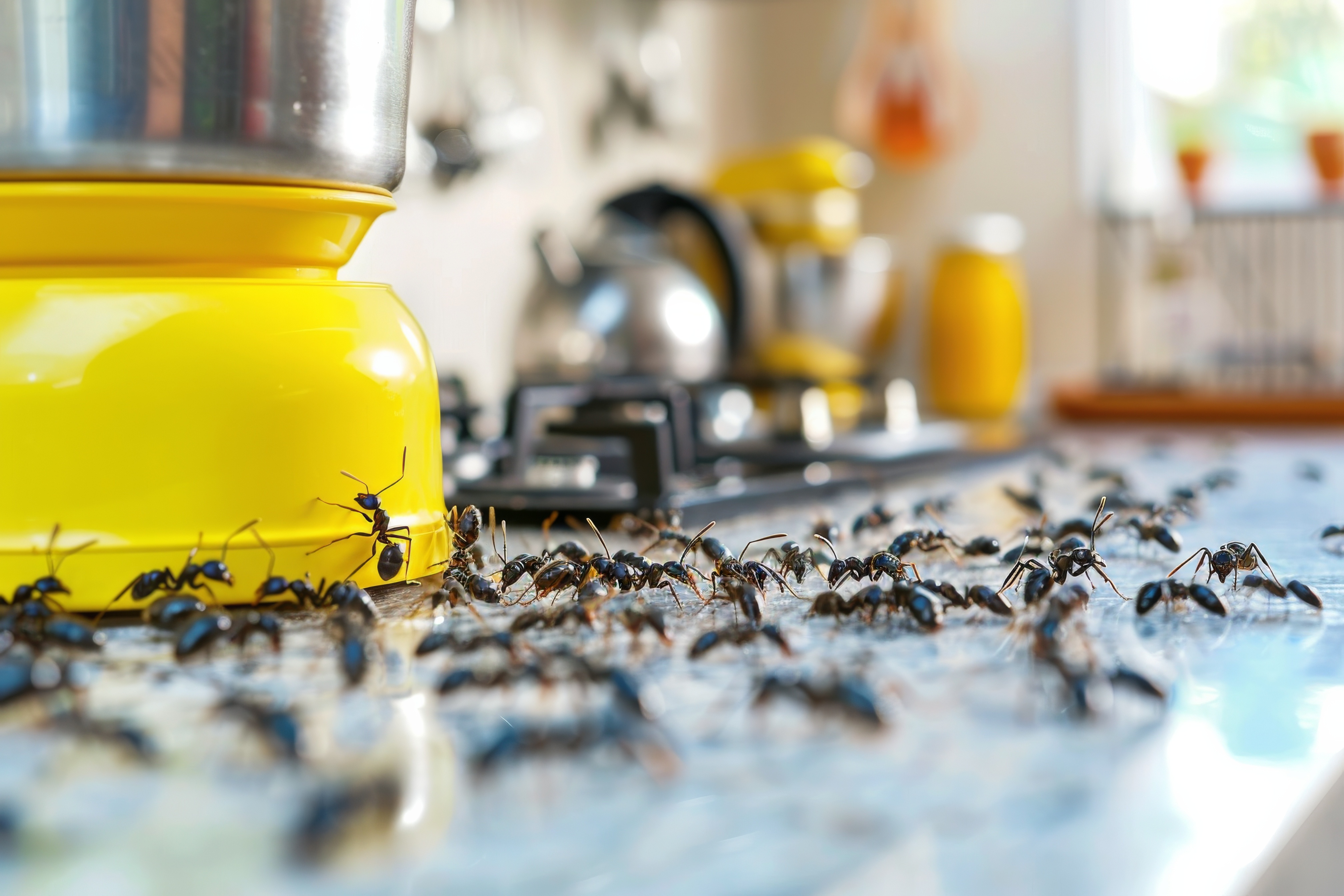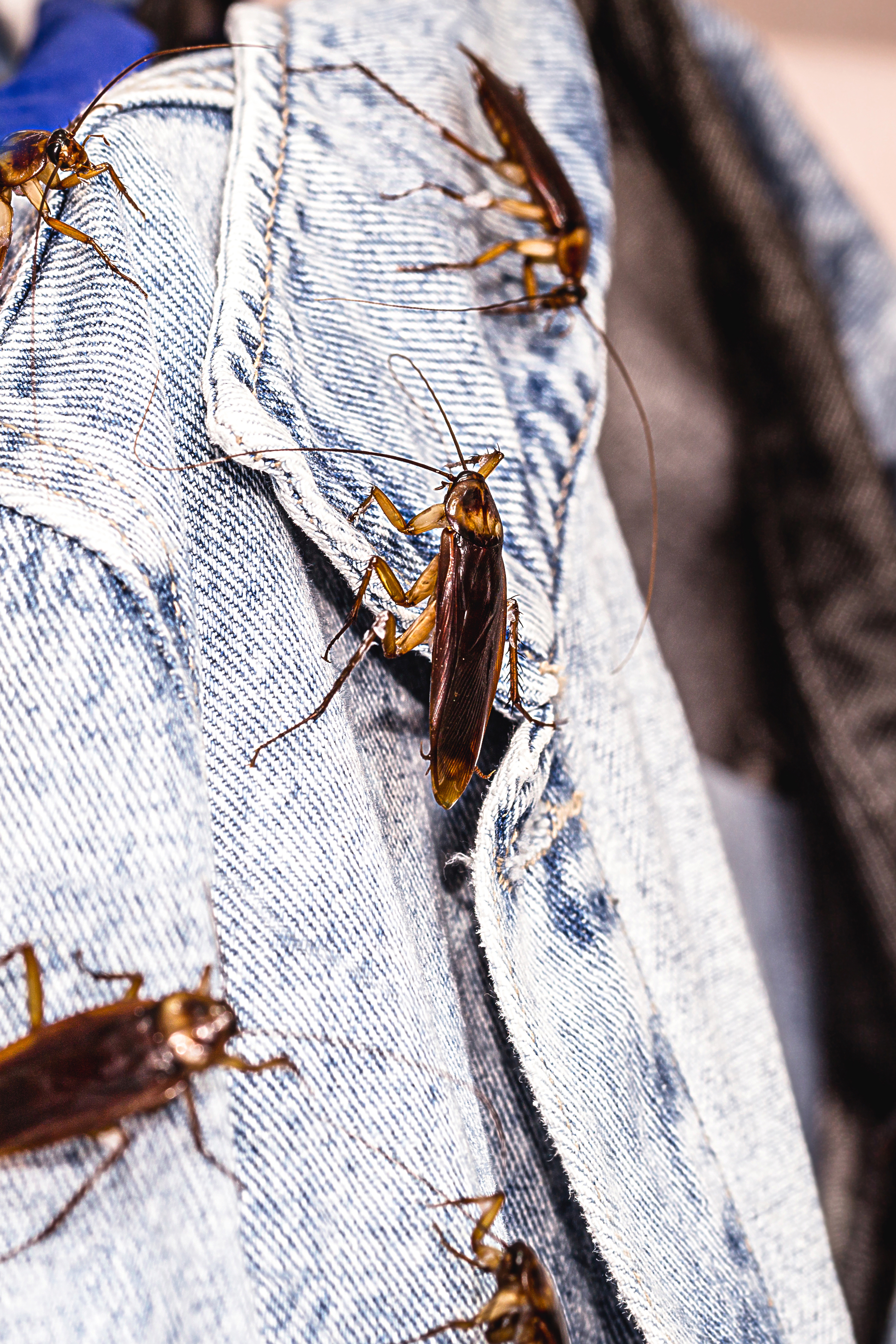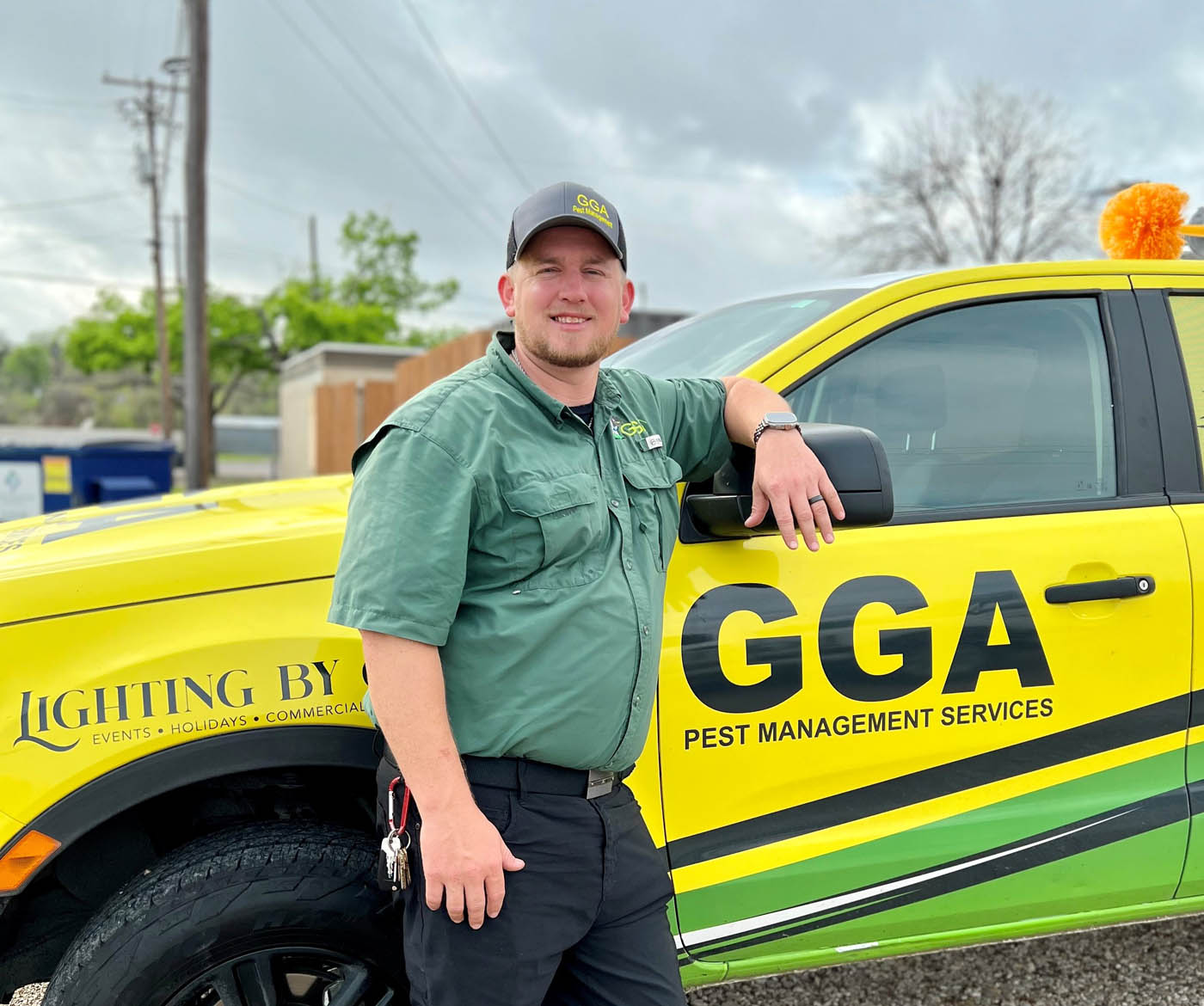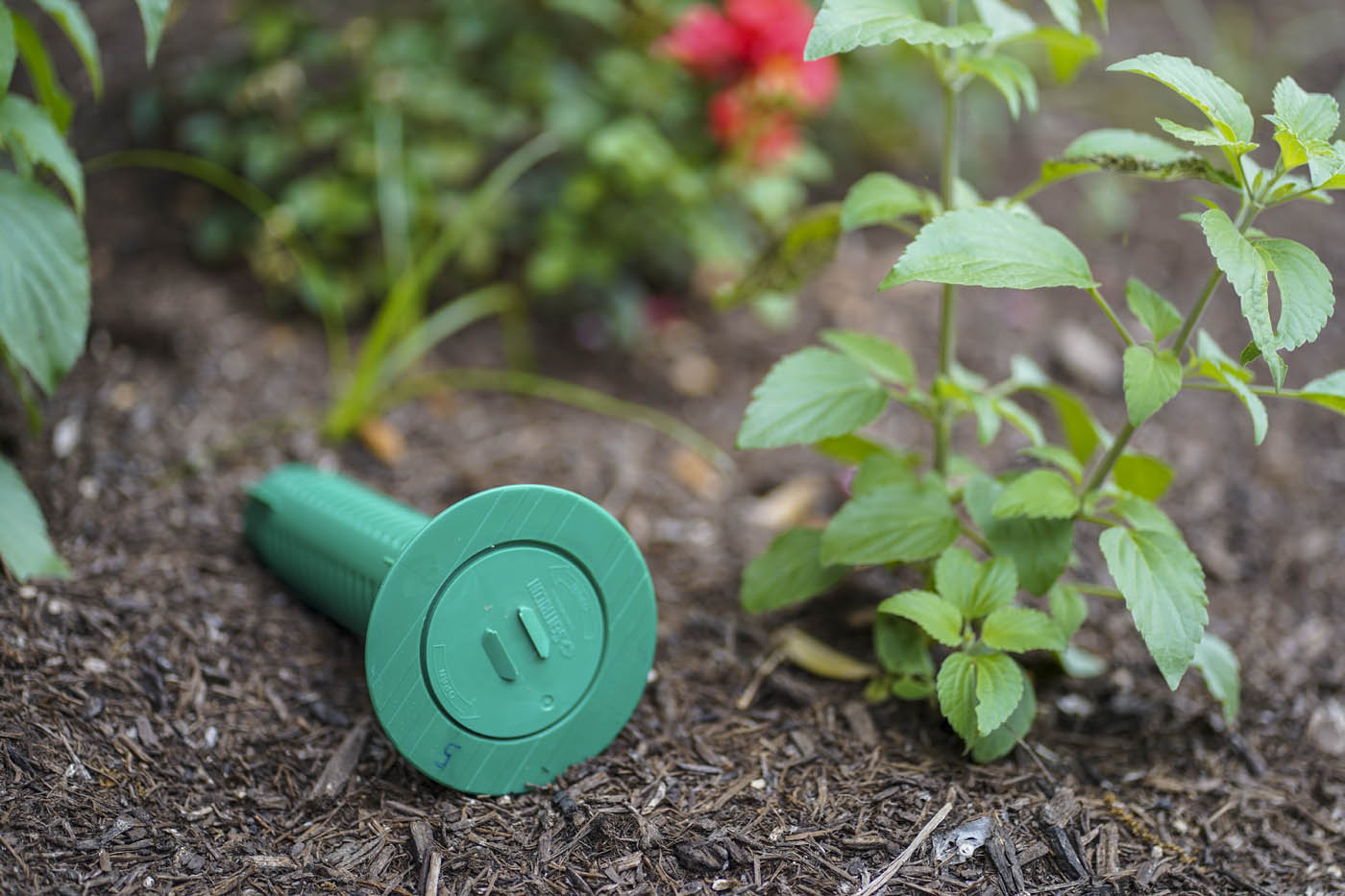
Beware where you sleep and eat. Eyes are watching you.
October 29, 2024
Pests in your pantry and closets can be a nightmare, but we ensure your home stays pest-free with proactive solutions and expert tips.
Everything may be bigger and better in Texas, but household pests microscopic to the naked eye or detectable with only a hint of movement, are lurking inside pantry foods, bedroom closets, and freshly made beds. Trust us! GGA Technicians are asked daily to look inside homes after homeowners wake up covered in small bites or become horrified opening their favorite morning cereal to find weevils getting the first bite.
Texas A&M System Professors and Extension Entomologist Specialists recently released an article providing great insights into identifying and managing these pests. GGA Pest Management believes effective pest management occurs when homeowners and technicians work as a team to prevent and treat household pests. While we’re always here to help with your Quarterly Pest Plan scheduled treatment, we hope this information is useful to you on a daily basis.
Types of Pests
Food pests typically infest stored grains, seeds, and spices, while fabric pests target animal-derived materials like wool and leather. Common food pests include cigarette and drugstore beetles and various weevils, while fabric pests include carpet beetles and clothes moths.
Sources of Infestation
Pests typically creep through unsealed barriers around doors and windows, but they can enter homes hidden in grocery deliveries or attach themselves to clothing. Insects can also be transmitted via contaminated food products or rodent nests, leading to infestations in kitchens and closets.
Control Strategies
Nonchemical Control
The first step in managing infestations is to locate and remove infested items. Keeping pantries clean, sealing food in airtight containers, and practicing good sanitation can significantly reduce pest populations. The second step is to maintain regular pest management service treatments such as the Quarterly Pest Plan.
GGA Technicians are trained to look for clues and signs of pest infestation and provide easy solutions to prevent their rapid growth. For elevated protection, a GGA Seal & Exclusion Service allows GGA Technicians to fully inspect your home for open entry points such as cracks and gaps in surface materials, broken weatherstripping, holes, vents, piping, landscaping, and more. With the inspection, homeowners receive a free quote to repair or address the issues further securing the home from pest invasion.
Chemical Control
If infestations persist, insecticides may be necessary. Using products labeled for food storage areas is essential, ensuring safety around food items. GGA Technicians have a variety of chemical solutions to treat your home. Many homeowners choose our patented solution that’s safe for children and pets.
Monitoring
GGA Pest Management offers multiple levels of monitoring. First, a GGA Technician will contact you within one week of initial treatment to ask for updates on the issue at hand and offer solutions if further remedies are required. At the customer’s request, a free retreat is available. Second, a GGA Technician will carefully walk and inspect treated areas during scheduled regular treatment services. Last but not least, pheromone traps may be used to detect and monitor infestations, allowing for targeted control efforts.
Preventative Measures
There are many free or low-cost preventive measures homeowners can take on a daily or weekly basis.
Food Storage Areas:
- Inspect food items and keep storage areas tidy.
- Store grains and baking products in airtight plastic or glass containers.
- Thoroughly wash and dry fruit and vegetables.
- Don’t store fruit in open containers on countertops.
- Throw out expired food, especially grain and bread products.
- Install fly strips.
- Throw out trash nightly.
- Clean shelves with hot soapy water then rinse with a 50/50 water/vinegar solution.
Be on the lookout for the following:
- Cocoon casings or suspended larvae in your pantry.
- Silky webbing in the corners of food packages.
- Clumped food particles inside stored products.
- Visual sightings of moths, beetles, or other bugs – dead or alive.
- Damaged food packaging, torn sealed plastic bags, sticky residue on packaging.
- Fine layers of dust or spilled grain on the inside or outside of food containers.
Closets and Bedrooms:
- Regularly wash and dry bed sheets on hottest possible setting and inspect sheets for bed bugs.
- Brush off clothing before entering the home.
- After doing yard work, remove clothes, socks, and shoes in the garage if possible and use a separate laundry basket.
- Hang DampRid in closets to remove moisture.
- Inspect clothes hung to dry in the garage or on an outdoor line.
- Regularly vacuum floors and rugs to remove dog hair, food crumbs, and debris.
- Rotate area rugs every season if possible.

GGA Pest Management provides this information and referral source to customers wanting to prevent bug infestations in their homes. For optimal pest prevention, contact GGA Pest Management to schedule a free consultation or book a service appointment with a trained pest management technician today.




